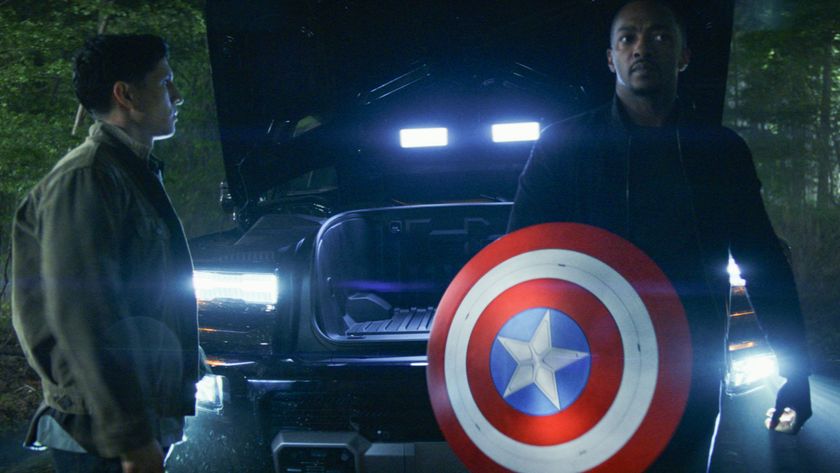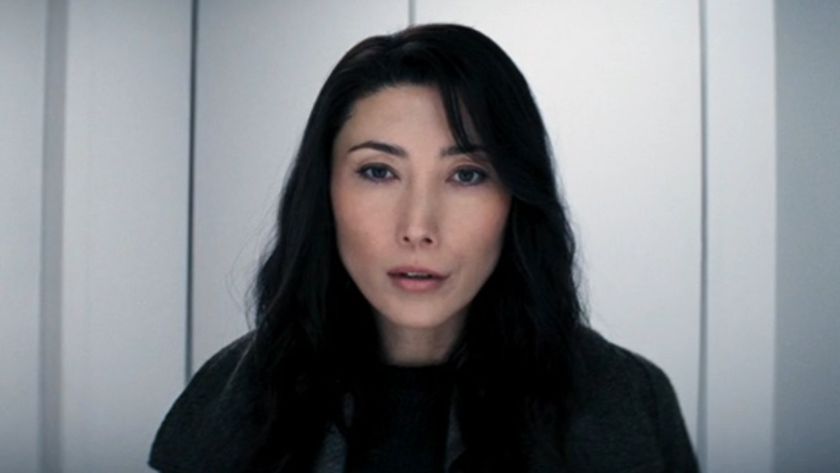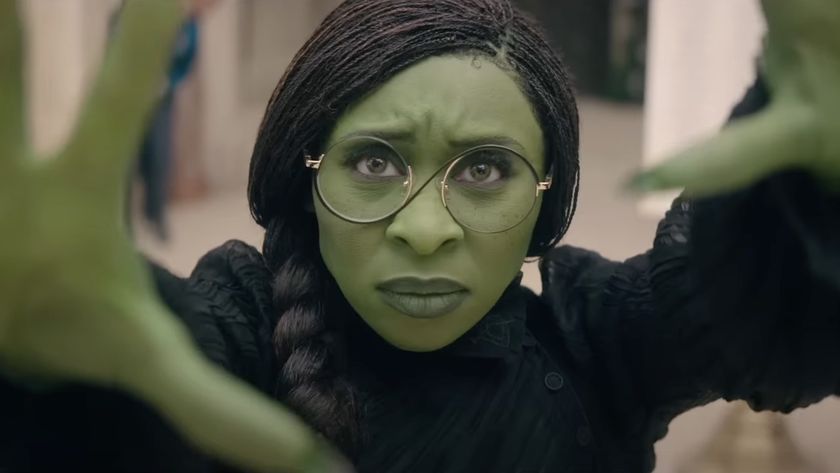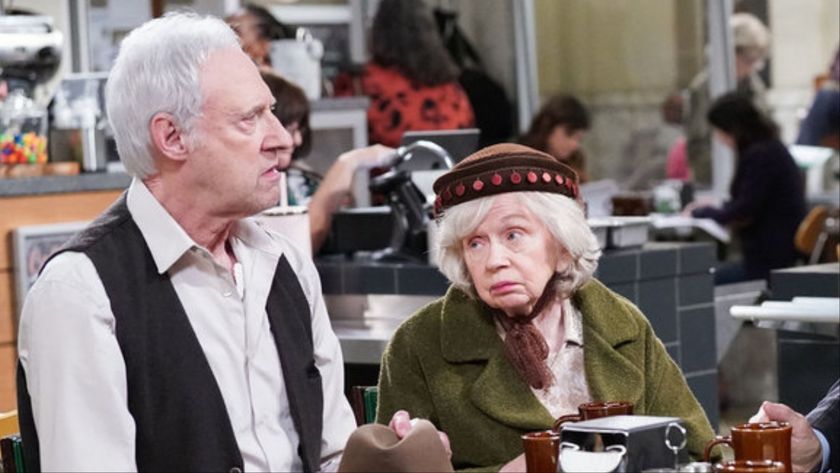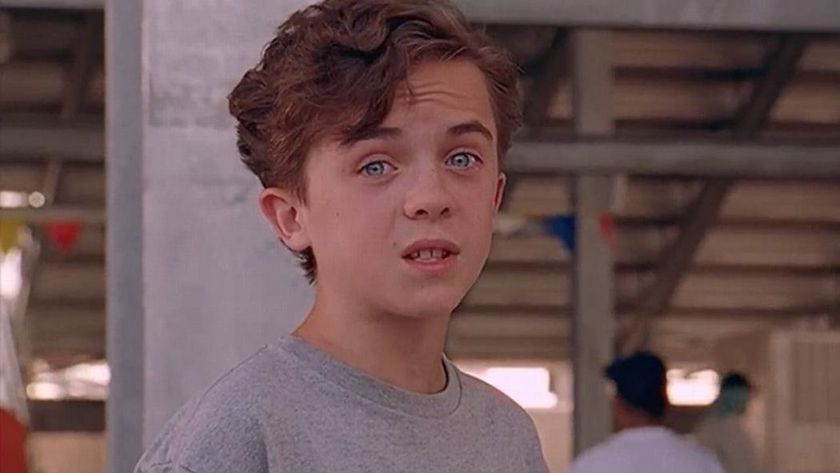To 3D Or Not To 3D: Buy The Right Assassin’s Creed Ticket

Video game movies are interesting projects, especially when trying to translate the action from the console to the cinema. Assassin's Creed is the latest film to try and take on this daunting task, with the added challenge of executing a 3D presentation. The result is the focus of our latest "To 3D Or Not To 3D," which asks the question, "Is Michael Fassbender kicking ass in 3D worth the extra money?"
While we won't be evaluating the quality of the film's content, you're more than welcome to head over here to read our official review of Assassin's Creed. Taking that into consideration, it's time to tap into our past selves and battle our way through another To 3D Or Not To 3D of a film that really wants that extra 3D ticket money.
If the action of an Assassin's Creed game doesn't belong in 3D, then there really isn't much material out there that does warrant the treatment. The stunts, as well as the projectiles and explosions awaiting in this film, are all the perfect things for any film considering 3D to possess. Justin Kurzel's picture has plenty of those elements, making the 3D presentation almost a fait accompli in the presentation of the feature.
Assassin's Creed is one of those conversions where it's clear some special love and care has been paid towards. Sure, filming with stereographic cameras wasn't part of the production plan, but there is some spectacular usage of 3D, which surely must have been considered in the blocking and cinematography conversations. Post-conversion isn't always a curse, as some directors like to tweak the effect personally, and to great success. The people behind this conversion must have been taking lessons.
There's a lot of objects being projected into the audience's field of vision with Assassin's Creed, and for the most part the effect works rather well. It's not perfect, but it's definitely better than most other films tend to do with their 3D formatting, as arrows, debris, and other objects pop from the screen to varying degrees of success. When it works, however, it works.
The depth of picture in Assassin's Creed is pretty fantastic when it comes to the 3D presentation. Character and their environments are spatially separated, with a good field of vision between backgrounds, featured objects, and characters interacting with them. Even during action sequences, the depth of picture manages to maintain its brilliance, especially when Callum and Aquilar's worlds start to meld together. It legitimately enhances the experience watching the movie, which is why we're giving it a perfect score in Beyond the Window.
Sadly, there is one great failing in the third dimensional presentation of Assassin's Creed. That weakness is the brightness factor, which is a pretty big problem towards the end of the film. With the glasses certainly providing no help, the picture gets pretty dark during the closing act of the film, making it difficult to see things as they're happening. For a film that manages to get most everything else right, seeing the brightness fail is a damned shame. Your mileage may vary with this factor, as some theaters don't calibrate their machinery before each showing, which can effect this factor greatly. It's possible your individual experience might be better than ours, but we doubt it will be.
CINEMABLEND NEWSLETTER
Your Daily Blend of Entertainment News
Taking off your glasses, you'll see a very heavy amount of blur to the picture of Assassin's Creed. The entire picture has various degrees of image blur, which contributes to the impressive depth of picture that the overall film possesses (you can get a sense of the movie's 3D layering by looking over the lenses during any scene in the movie). Even in low-key, up close moments there's a subtle blurring of characters and the items they may interact with.
As the brightness suffers on Assassin's Creed, so does the audience health factor. The strain on your eyes may cause you to feel a bit tired if you're watching this film later in the day, but any other time will probably see you rubbing your eyes or taking your glasses off a little during the film. It's true that this is a subjective area, as some individuals have greater sensitivity to the ill effects of 3D - but I didn't walk away feeling 100% healthy after the stereographic experience.
While the film may be taking a critical drubbing, Assassin's Creed is a standout 3D experience in the marketplace today. The action manages to look fantastic, both in its depth and projection of image on the screen. However, the troublesome brightness factor manages to dock this film's score more than anything else. Other than that, you've got a pretty solid night behind 3D glasses waiting for you!

Mike Reyes is the Senior Movie Contributor at CinemaBlend, though that title’s more of a guideline really. Passionate about entertainment since grade school, the movies have always held a special place in his life, which explains his current occupation. Mike graduated from Drew University with a Bachelor’s Degree in Political Science, but swore off of running for public office a long time ago. Mike's expertise ranges from James Bond to everything Alita, making for a brilliantly eclectic resume. He fights for the user.
